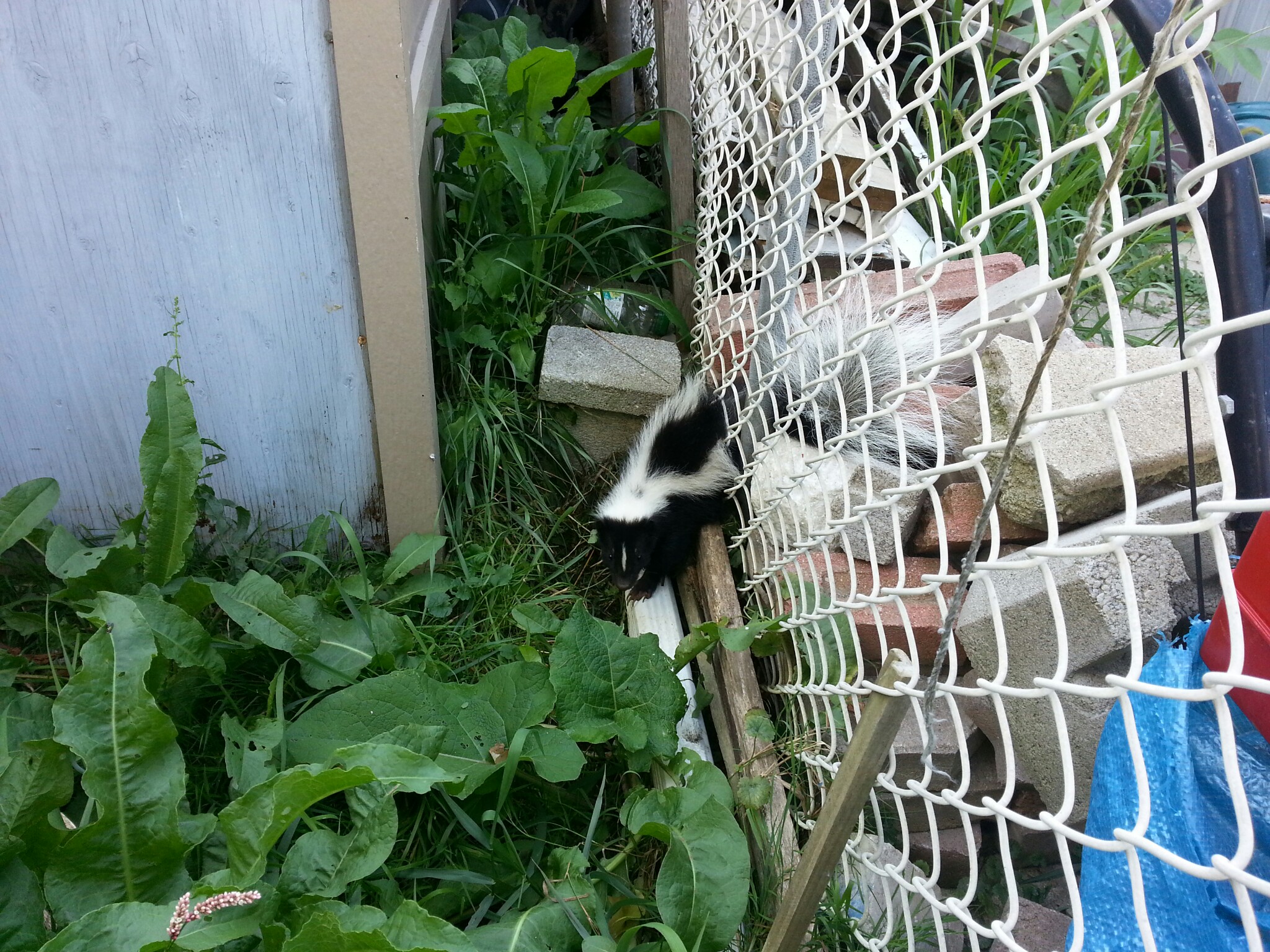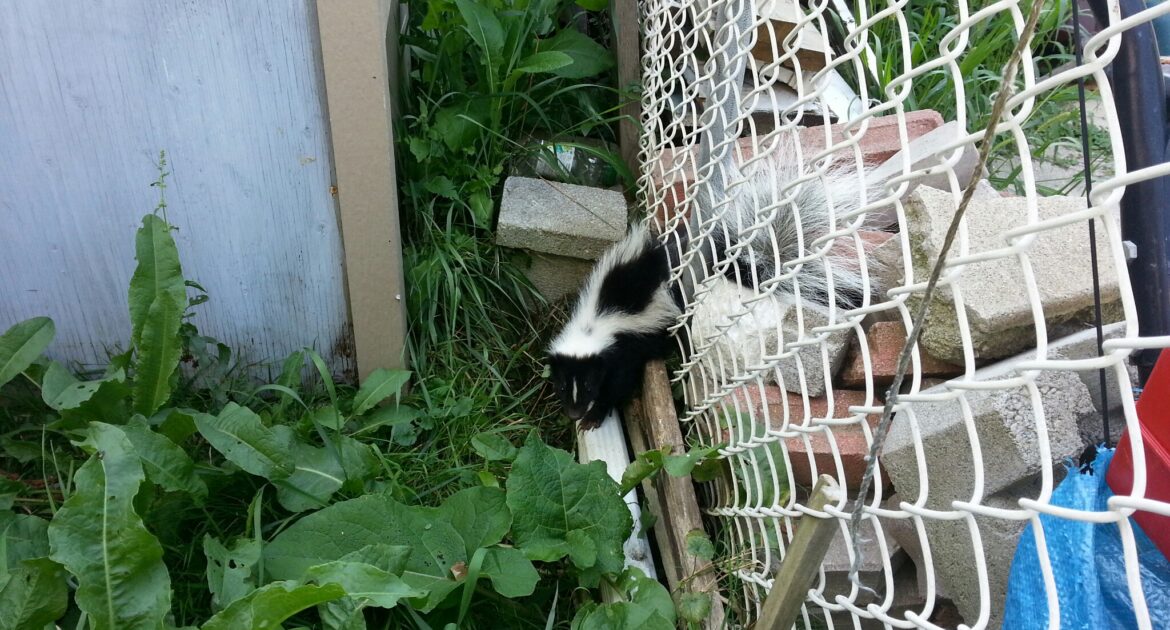The term wildlife can evoke fear in many people. They assume the phrase wild means predatory and violent, but it doesn’t. Wild simply means untamed. Wild animals are purely instinctual creatures, so they are more reactive than trained and domesticated animals. That said, homeowners do have a right and are wise to fear interactions between pets and wild animals, so they should learn how to protect pets from wildlife.
Interactions between pets and wildlife often end in injury. One or both animals receive bites and scratches. Between two domesticated and vaccinated animals, little skirmishes, while troubling, likely leave room for healthy recovery. When the event involves a pet and a wild animal, the pet is susceptible to infection and diseases, including rabies.
Pet owners must do everything possible to protect their property and ensure their pets’ safety. Defences include daily habits and property installations. Discover the five strategies of protection.
5 Tips To Ensure Your Pets Safety
Wildlife control in Vaughan is one of the surest ways to protect your pets from any threat wildlife might pose. Still, even with wildlife removal and installed defences, pet and wild animal interactions are possible. Pet owners must commit to specific pet safety strategies to eliminate almost all risks. As a pet owner, focus on five proven defensive strategies.
1. Feed Pets Indoors
Many pet owners feed their animals outside — this is a common mistake. Pet food is a wildlife attractant and draws unwanted attention to your property. Keep pet food indoors at all times, including during feedings. If you must feed your pet outside, do not leave the food and water out for prolonged periods, especially when unsupervised. When your pet is done eating, remove the dishes and bring them back inside. Also, clean up any scraps your pet might leave behind.
2. Ensure Vaccines Are Current
If you want to protect your pets from wildlife, keep them vaccinated. Vaccines protect your animal from known diseases, infections, and viruses. Wild animals carry many diseases that vaccines offer protection against. If your pet is behind on their vaccines and gets into a skirmish with neighbourhood wildlife, an infection or illness may take root, which can be life-threatening for your pet.
3. Walk Pets on a Leash
Many pet owners invest in training. They wrongfully assume that a well-trained animal will ignore its baser instincts. Walking a dog off-leash is asking for trouble. Sometimes, even a well-trained animal will lose its senses to chase after a squirrel, raccoon, or another wild animal. Always keep your pet on a leash during a walk, ensuring you are always in control.
4. Check Outdoor Areas Before Letting Pets Outside
Homeowners can feel a sense of safety when on their property. That sense can lead to a false sense of security for their pets. Wildlife do not obey or observe property boundaries. When you let your pets outside, ensure the area is clear of roaming wildlife. If you find a wild animal in your yard, do not approach it; call wildlife removal in Vaughan.
5. Install a Fence
You can help guard against accidental wildlife interactions in your yard. Many animals are not sufficient climbers or diggers. You can install a privacy fence around your property to deter wild animals and protect your pets. Most wild animals, other than squirrels and birds, will avoid the hassle of climbing over or digging under a fence, especially if they do not smell anything enticing.
Protecting Your Pets and Home From Wildlife
Knowing how to protect pets from wildlife is one thing, but protecting your property to reduce interaction risks even further is something else. While installing a fence and security lights can help ensure your yard is safe for your pets, it is not guaranteed prevention. Contact Skedaddle Humane Wildlife Control for a proper property assessment and professional protection.




